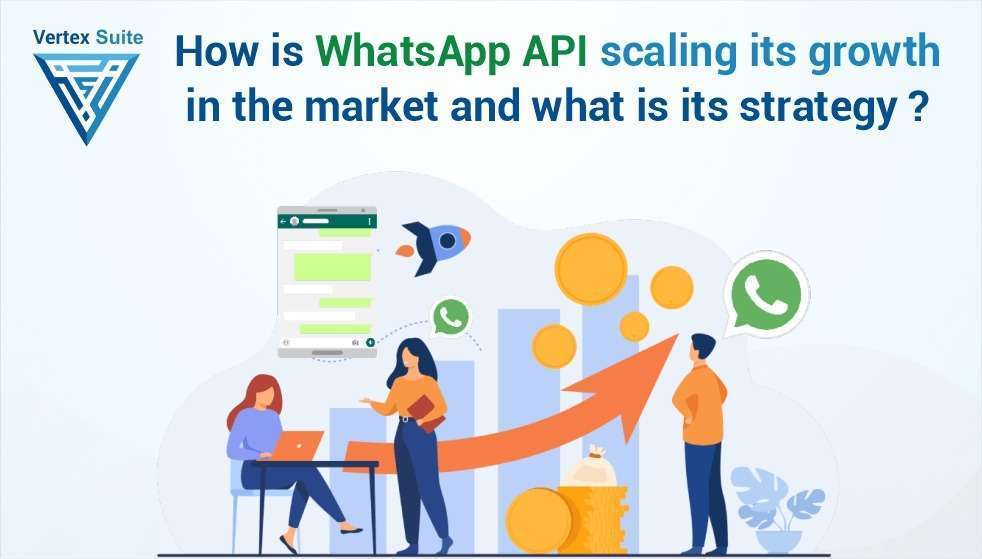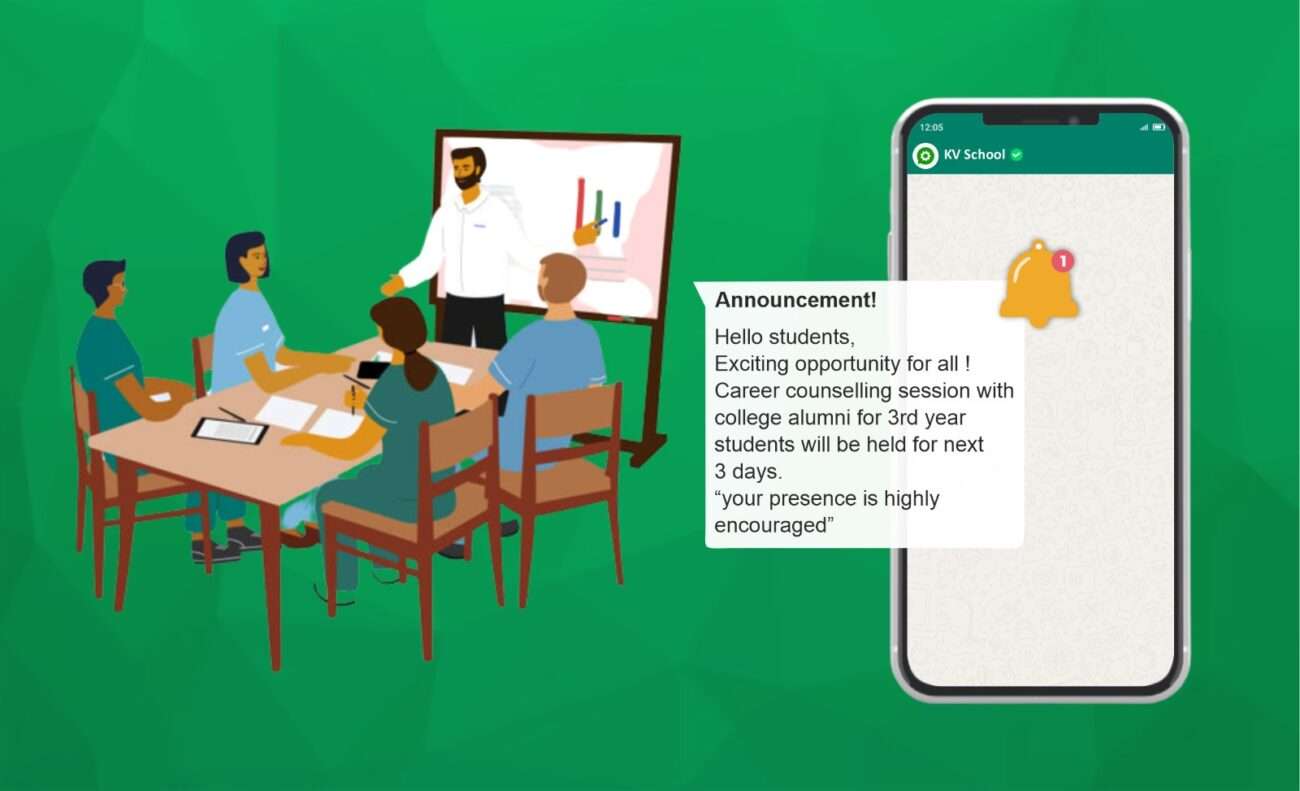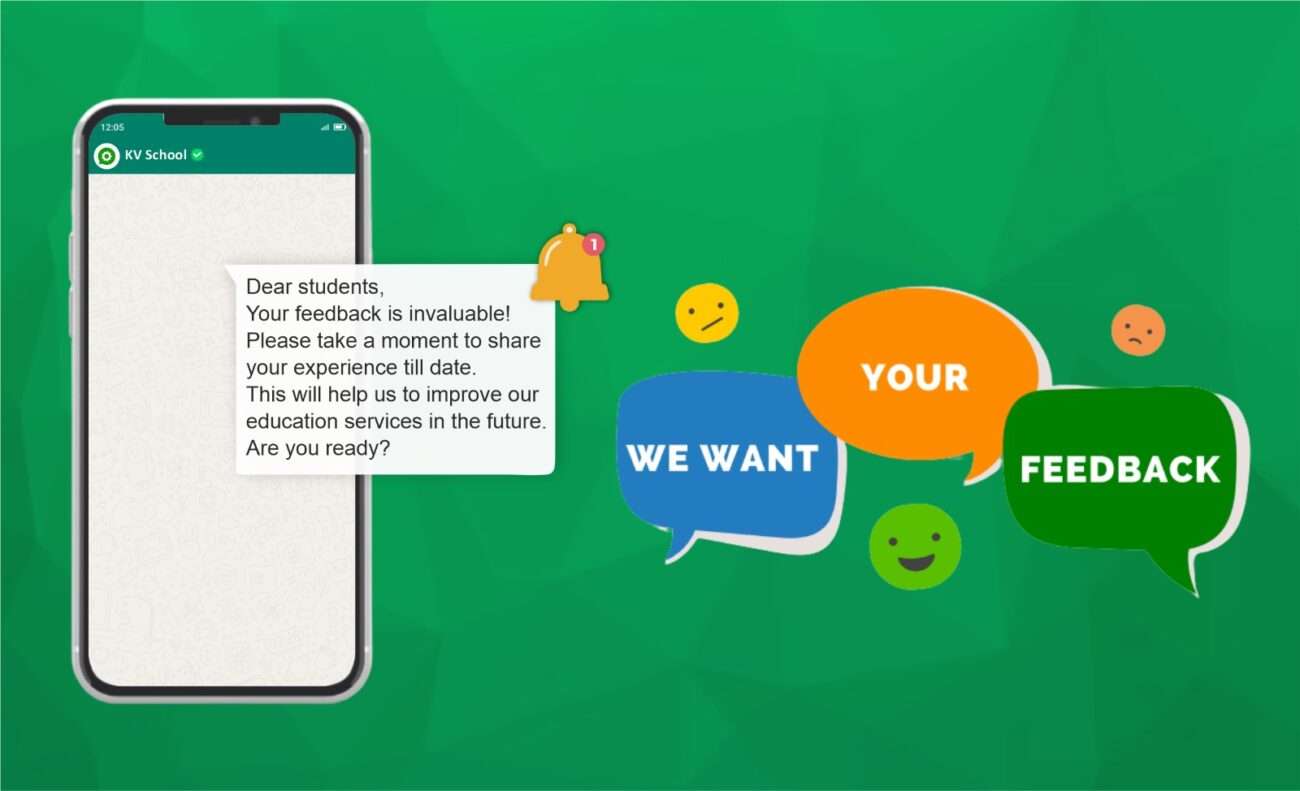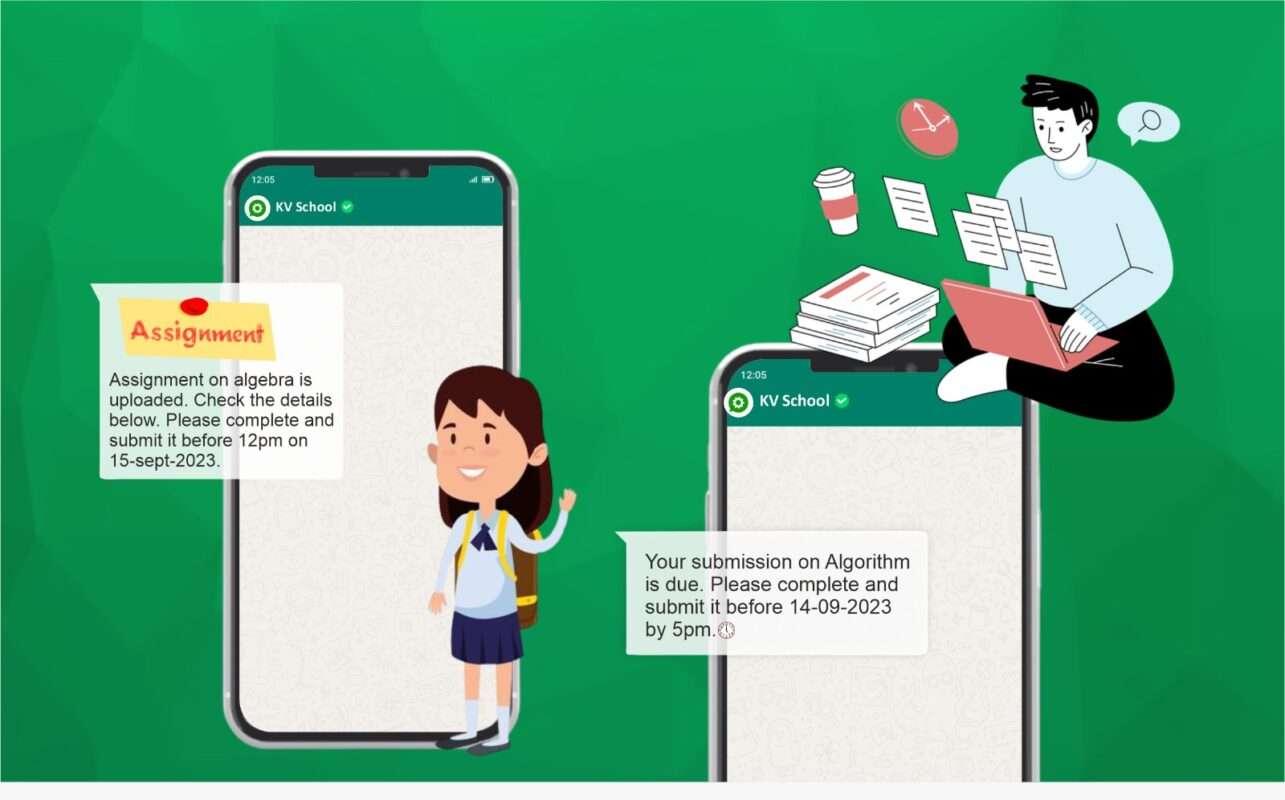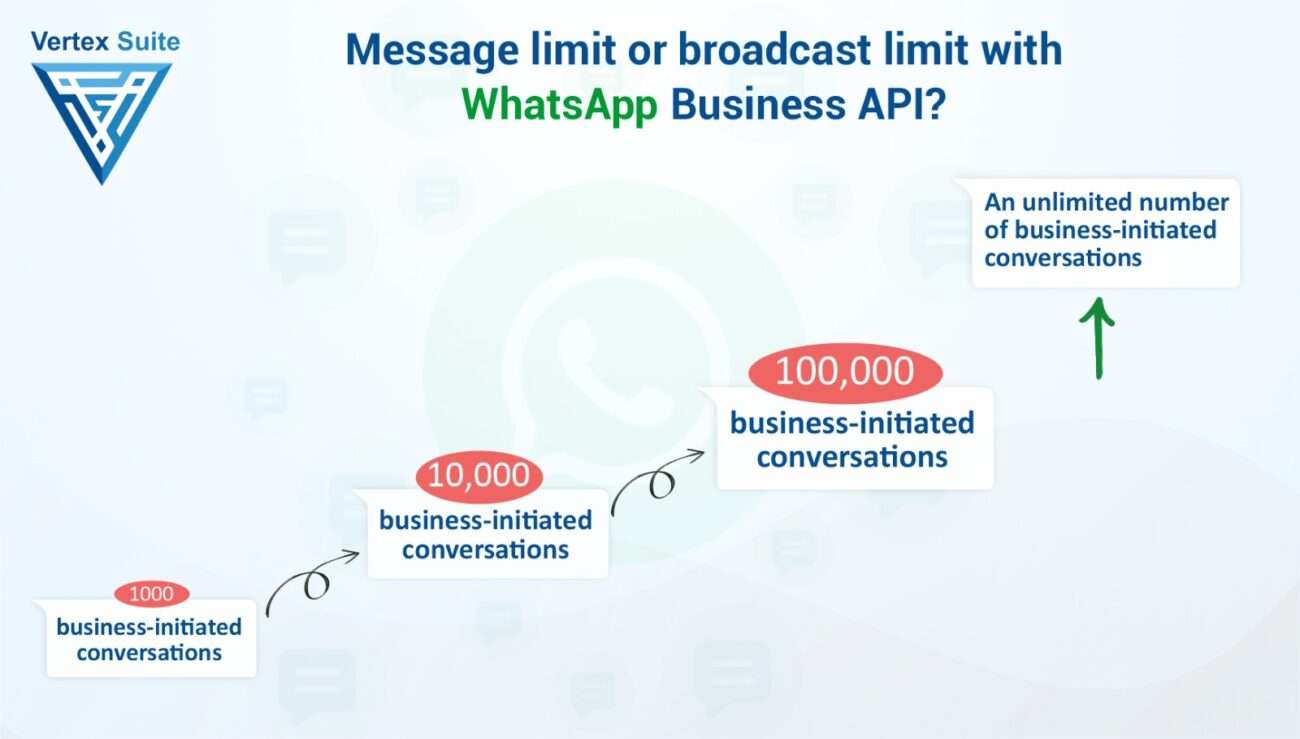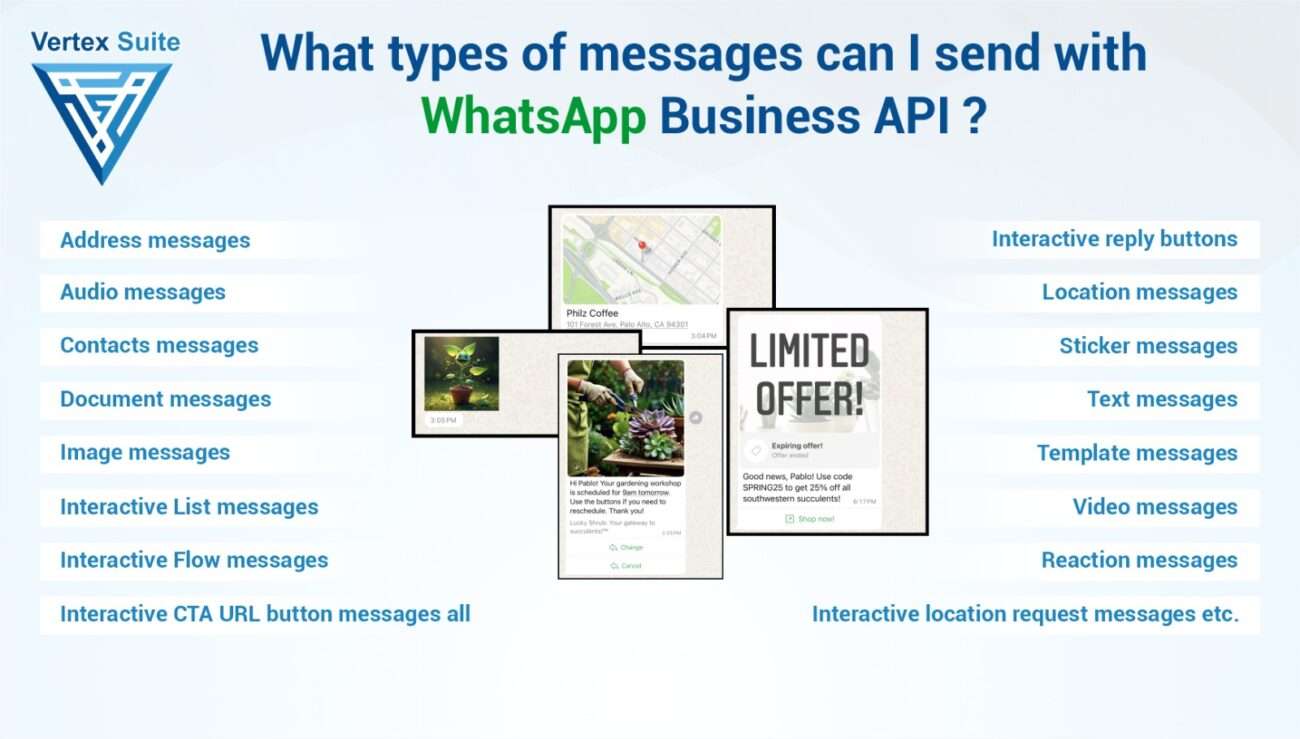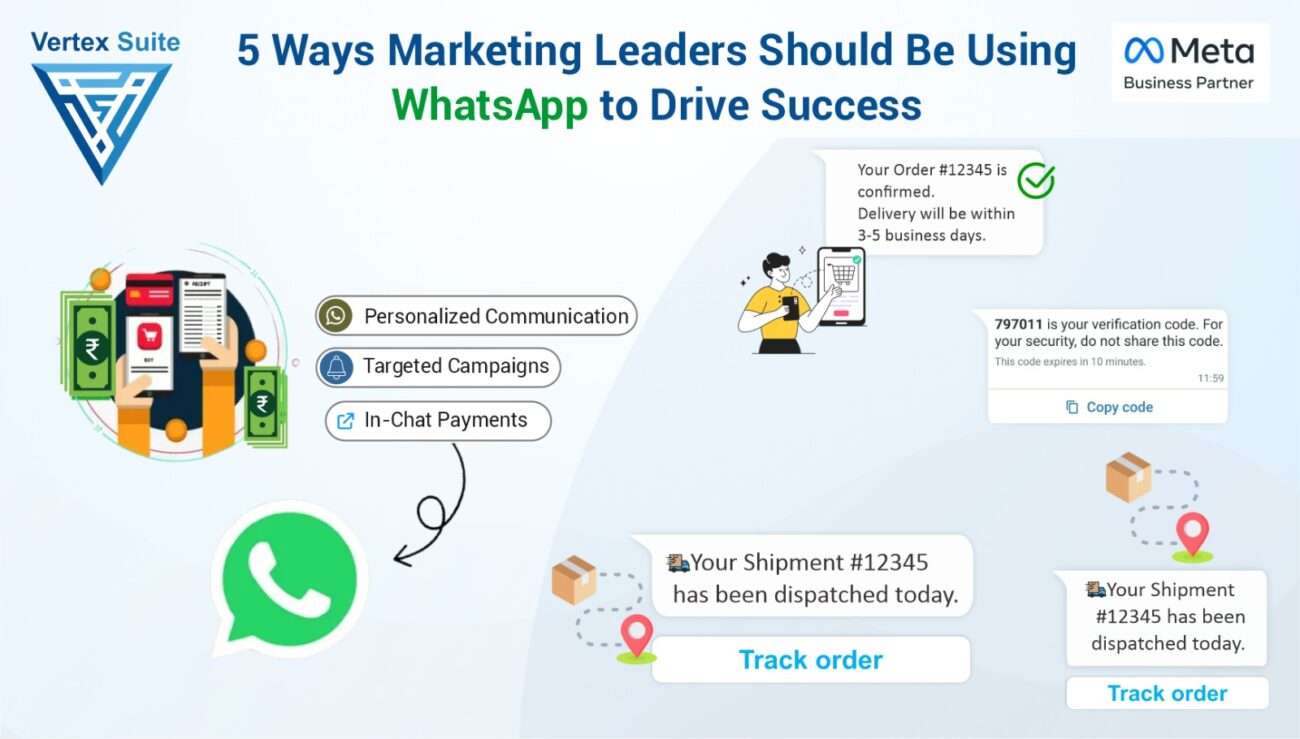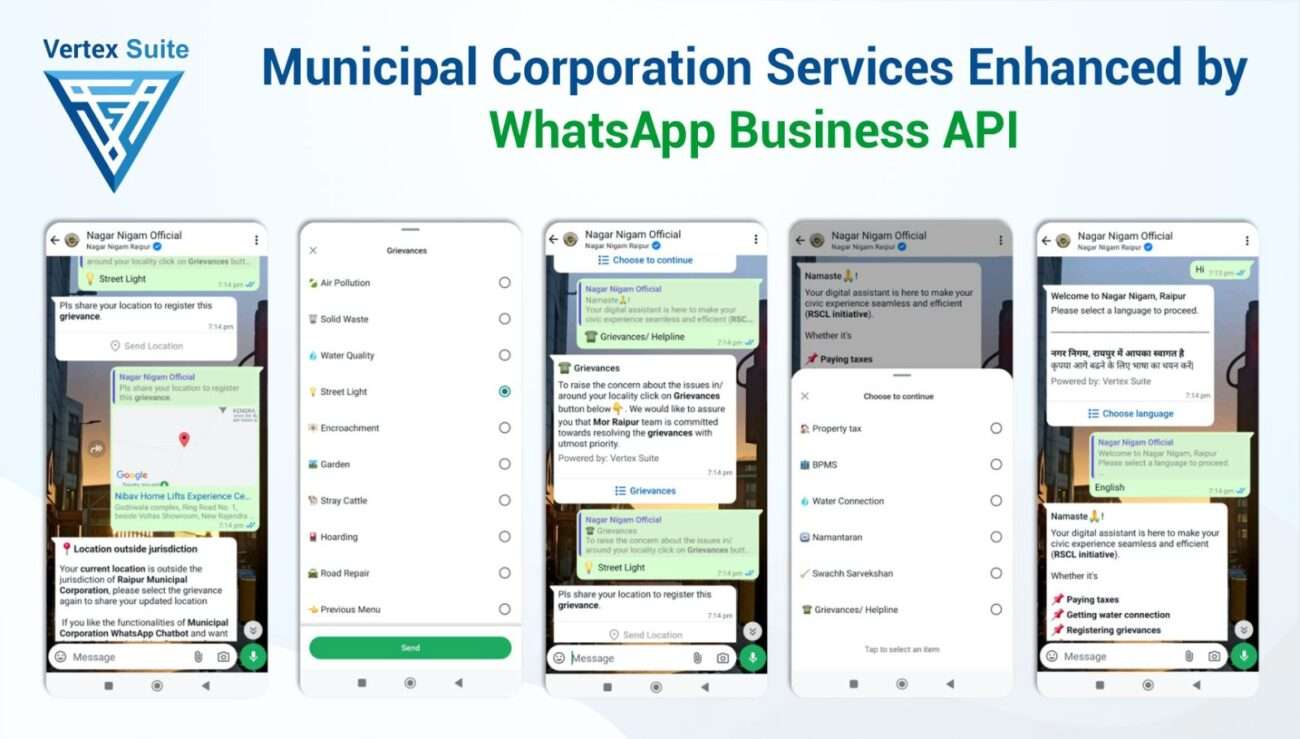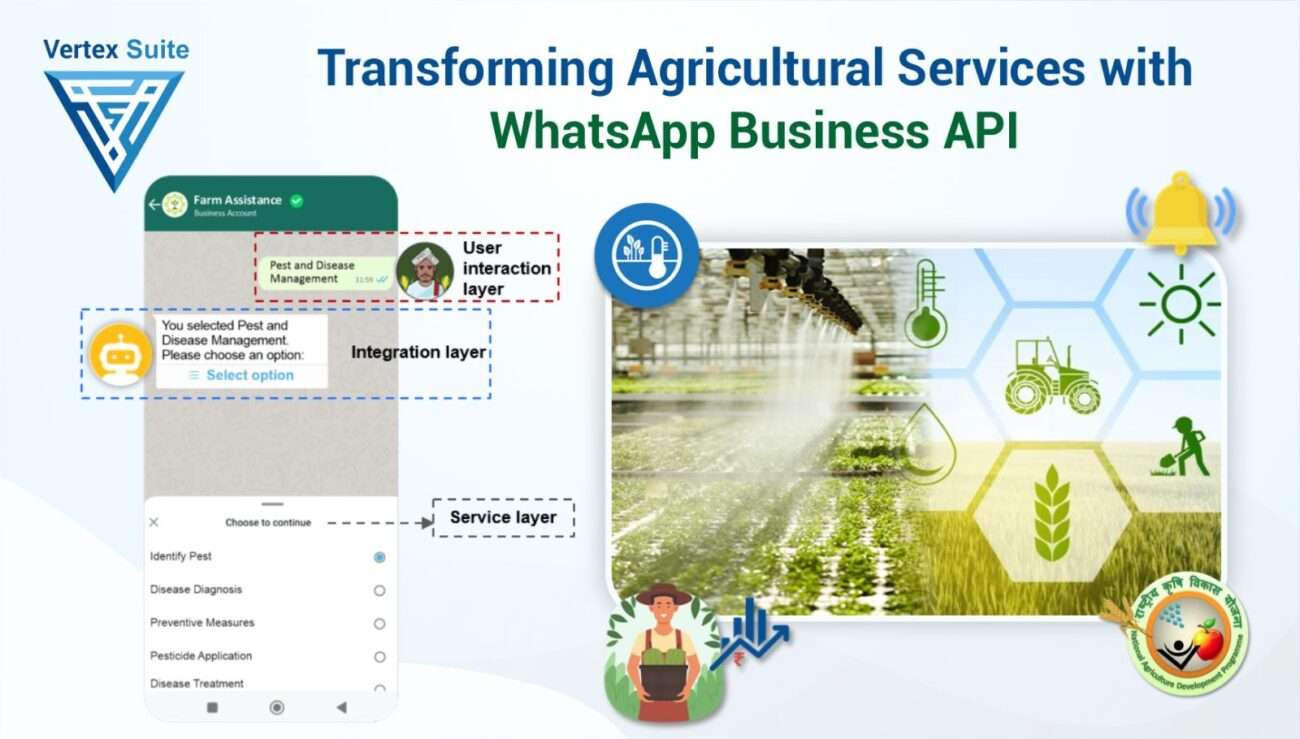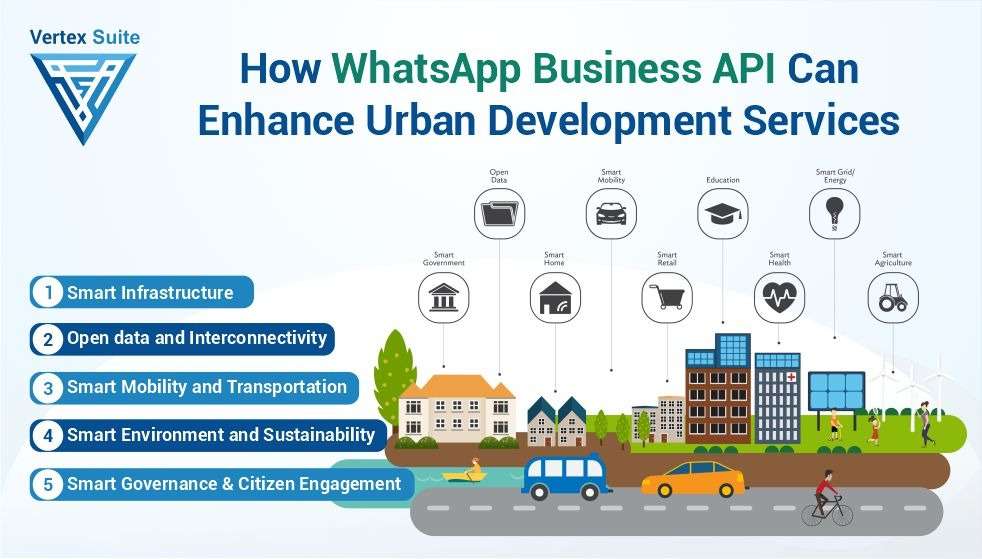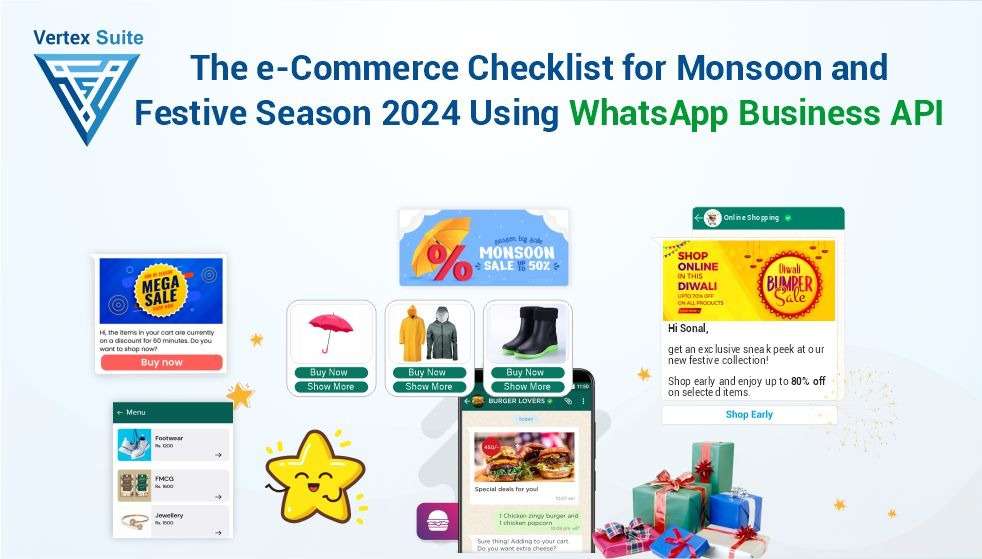The market for WhatsApp API has been expanding quickly, and the company has a comprehensive plan in place for future expansion. Let’s examine the main elements of WhatsApp API’s growth plan and how the company is growing.
1. Expanding User Base:
Increasing the number of users is one of the main goals of WhatsApp API’s growth plan. With more than 2 billion users globally, WhatsApp offers a huge potential user base. WhatsApp API gives companies the chance to communicate with their clients directly through the platform in an effort to take advantage of its large user base. The API makes it easier for companies to interact and communicate with customers on WhatsApp by giving them the means to do so. This, in turn, increases user adoption and retention.
2. Enhancing Features and Functionality:
In order to meet the changing demands of both consumers and companies, WhatsApp API is constantly adding new features and functionalities. This entails adding new features like multimedia messaging, chatbots, automation tools, and interaction with external systems. WhatsApp API guarantees that companies can make the most of the platform by giving them an extensive range of tools to efficiently connect with their clients, increasing user happiness and engagement.
3. Vertical and Horizontal Expansion:
In order to reach new markets and industrial verticals, WhatsApp API is concentrating on both vertical and horizontal expansion. The API is growing vertically in a variety of industries, including e-commerce, healthcare, education, and hospitality. By meeting the specific requirements of every industrial sector, WhatsApp API may enter new markets and seize expansion possibilities. The goal of WhatsApp API’s horizontal growth is to reach more people globally and break into new markets by extending its presence across various areas and geographies. This entails releasing regionalized versions of the API, supporting a variety of languages, and modifying its features to accommodate the needs and tastes of users in various geographic locations.
4. Partnerships and Integrations:
The expansion plan of WhatsApp API also includes collaborations and integrations with other technological platforms and third-party service providers. Through partnerships and integrations with other businesses’ goods and services, WhatsApp API may improve its value proposition and provide more complete solutions for enterprises. This entails connecting with marketing automation programs, payment gateways, CRM systems, and other platforms. Through these collaborations, companies may use WhatsApp API in conjunction with other tools and platforms, optimizing productivity and simplifying processes.
5. Developer Ecosystem:
In order to encourage innovation and creativity around its platform, WhatsApp API is investing in creating a strong developer environment. The WhatsApp API enables developers to create unique solutions, integrations, and extensions that improve the features and functionalities of the platform by giving them access to APIs, SDKs, and development tools. This promotes creativity and broadens the use cases and applications available for WhatsApp API, which accelerates the platform’s use and growth even further.
6. Education and Training:
The goal of WhatsApp API is also to inform companies and developers about the features and best practices for using its platform efficiently. This entails providing seminars, webinars, training courses, and documentation to assist companies in comprehending how to use WhatsApp API to accomplish their objectives. WhatsApp API gives businesses the tools and assistance they need to get the most out of its platform and achieve their goals.
7. User Engagement and Retention:
Last but not least, WhatsApp API is dedicated to increasing user engagement and retention by giving companies the tools and know-how to provide their clients engaging, tailored experiences. This entails making use of tools like chatbots, automation, multimedia messaging, and focused message campaigns to successfully engage people and entice them to return. WhatsApp API guarantees that businesses may optimize their long-term platform value by emphasizing user engagement and retention.
To sum up, WhatsApp API’s growth strategy consists of a variety of actions meant to increase the number of users it has, improve its features and functionalities, penetrate new markets and industry verticals, establish partnerships and integrations, create a developer community, offer training and education, and increase user engagement and retention. WhatsApp API is in a strong position to maintain its current development trajectory and maintain its position as the top global communication platform for businesses by implementing these important pillars.


